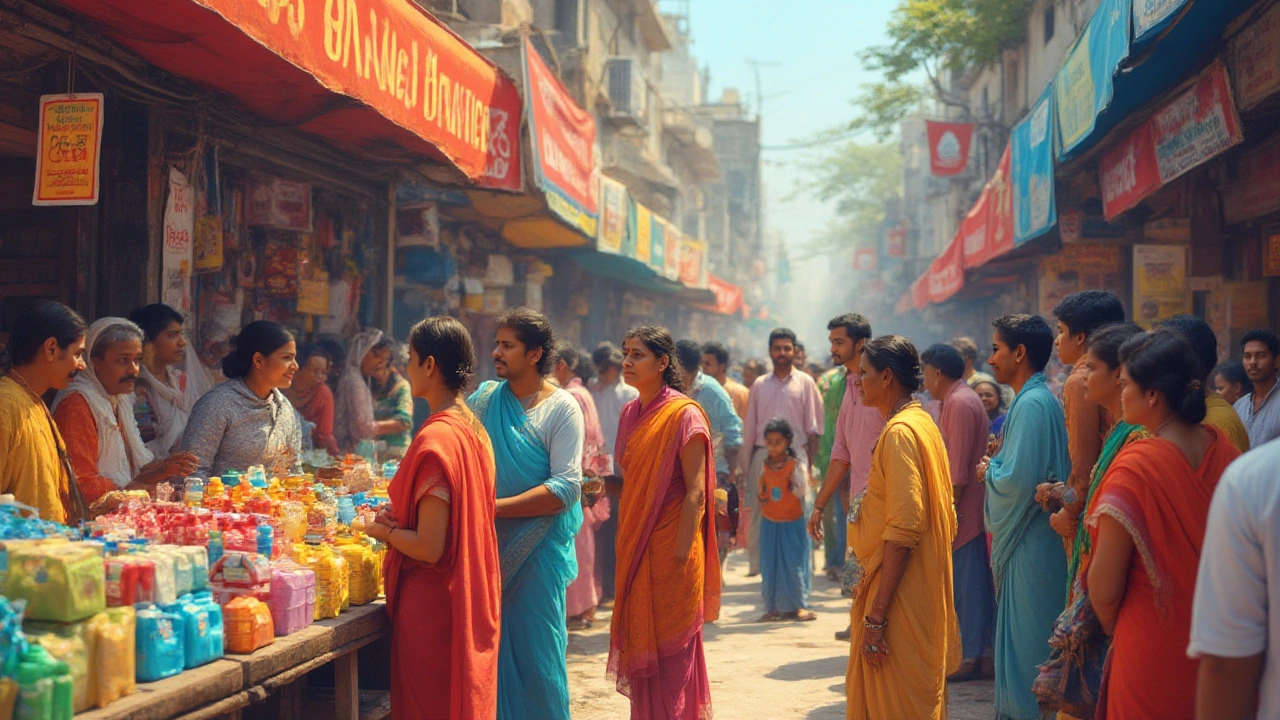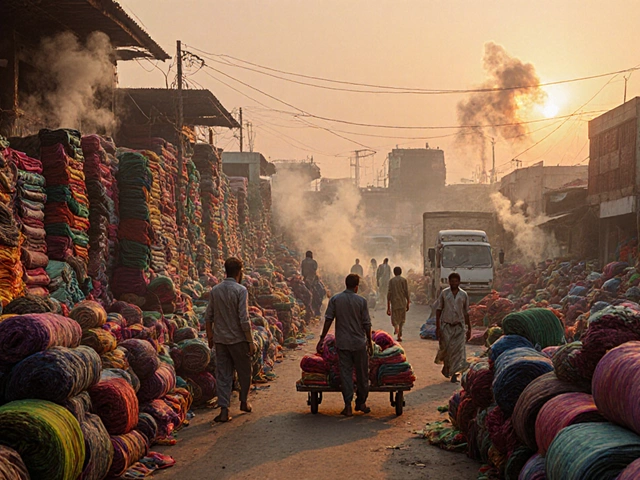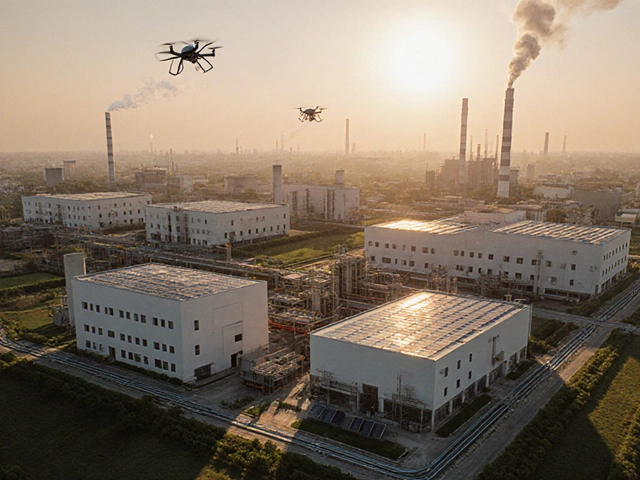Harmful Chemicals in India: What You Need to Know
Ever wondered why you sometimes feel a headache after a visit to a factory area, or why certain neighborhoods have a strange smell? It’s often not just pollution – it’s the presence of harmful chemicals that slip into the air, water, or even the soil. In India, booming industries, lax enforcement, and rapid urban growth have created a perfect storm for chemical exposure. Knowing which chemicals are common, where they show up, and how to protect yourself can make a big difference to your health.
Common Toxic Chemicals and Where You Find Them
India’s industrial mix includes everything from textiles to pharmaceuticals, and each sector uses its own set of chemicals. Here are the ones you’re most likely to encounter:
- Asbestos – Still used in some old construction materials and brake pads. It’s a known lung carcinogen.
- Lead – Pops up in paint, batteries, and some imported toys. Even low‑level exposure can affect kids’ brain development.
- Chromium VI – Common in leather tanning and metal plating. It irritates skin and can cause respiratory problems.
- Formaldehyde – Found in pressed wood furniture, some fabric finishes, and medical labs. It’s a strong eye and throat irritant.
- Pesticides (organophosphates, carbamates) – Widely used in agriculture. Improper handling can lead to nausea, dizziness, and long‑term nerve damage.
- Phthalates & BPA – Hidden in plastic containers, food wrappers, and personal care products. They mess with hormone balance.
- Industrial solvents (benzene, toluene) – Used in paint thinners, vehicle cleaning, and printing inks. Inhalation can cause headaches, fatigue, and even blood disorders.
These chemicals don’t stay confined to factories. They travel through waste water, wind, and even discarded consumer goods. That’s why you can find traces in city water supplies, school cafeterias, and residential yards.
How to Stay Safe – Practical Tips and Regulations
India has a set of rules like the Hazardous Waste (Management, Handling and Transboundary Movement) Rules and the Air (Prevention and Control of Pollution) Act, but enforcement varies a lot. Here are steps you can take regardless of how strictly rules are applied:
- Read labels – Even everyday items like paints, glues, and cleaning agents list the chemicals inside. Avoid products that mention formaldehyde, benzene, or other known hazards.
- Ventilate – When using solvents or painting, open windows and use fans. A simple exhaust fan can cut inhalation risk by half.
- Wear protection – Simple gloves, masks, and goggles go a long way. For farm work, use N‑95 masks when spraying pesticides.
- Test water – If you rely on well water, get a basic test for lead, arsenic, and pesticide residues. Filtering can remove many contaminants.
- Choose safer alternatives – Look for water‑based paints, organic pesticides, and BPA‑free containers. They often cost a bit more but pay off in health.
- Stay informed – Follow local news for any chemical spill alerts. State pollution control boards publish incident reports that can warn you about nearby risks.
- Support community action – Join or start a watchdog group that pushes local authorities to enforce existing regulations. Collective pressure speeds up compliance.
In the long run, India’s shift toward greener manufacturing and stricter monitoring is gaining momentum. The key for you is to stay aware, take the easy protective steps, and push for better enforcement where you live.
Remember, you don’t have to become a chemist to stay safe. Spotting a label, opening a window, or swapping a product can cut exposure dramatically. Start with one change today, and you’ll already be ahead of the curve on harmful chemicals in India.
Banned Chemicals in India: What You Need to Know in 2025
Get updated facts on which chemicals are banned in India, why they're restricted, and what it means for public health, industry, and daily life. Learn the latest rules and risks.
Read More




